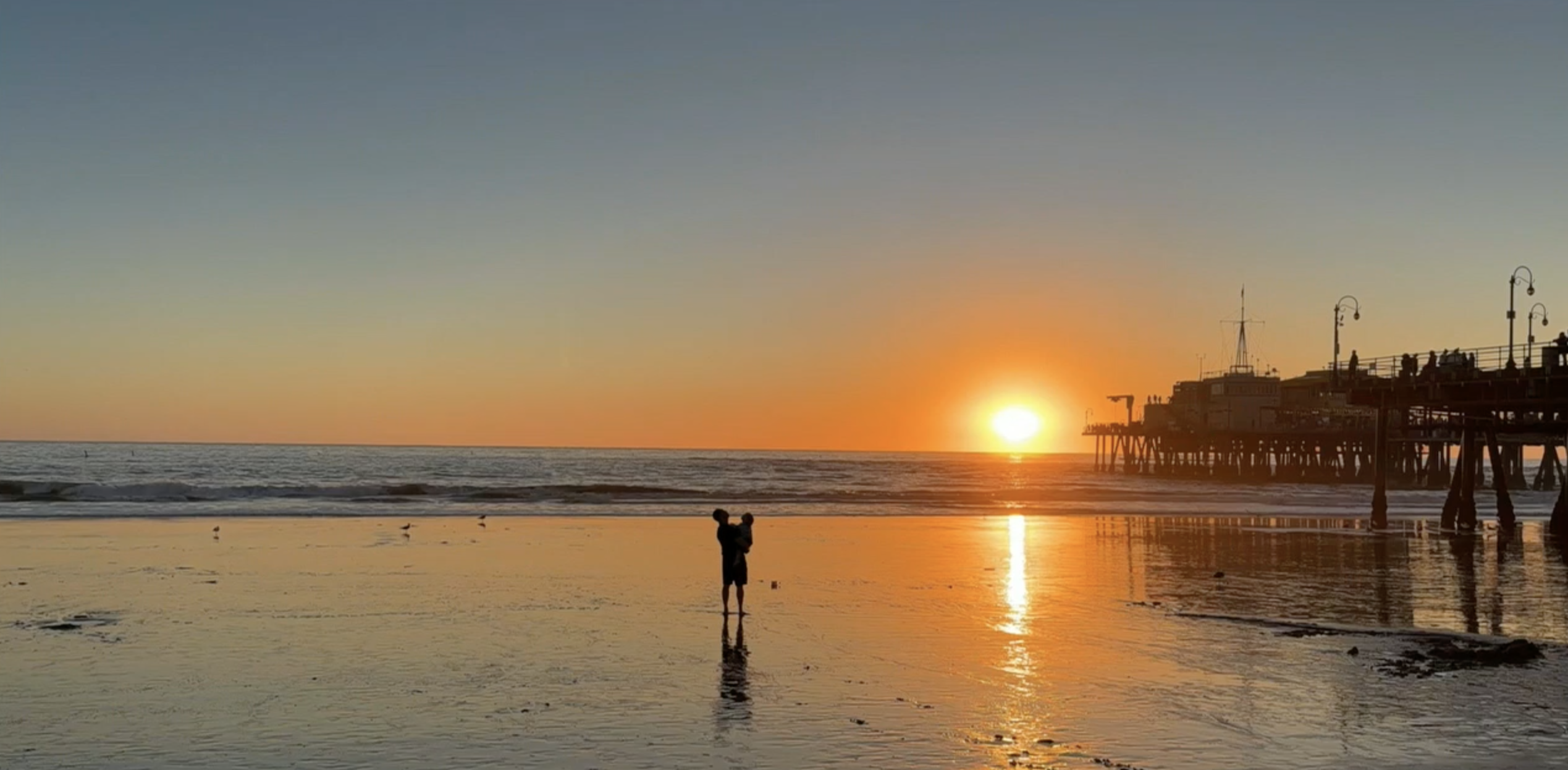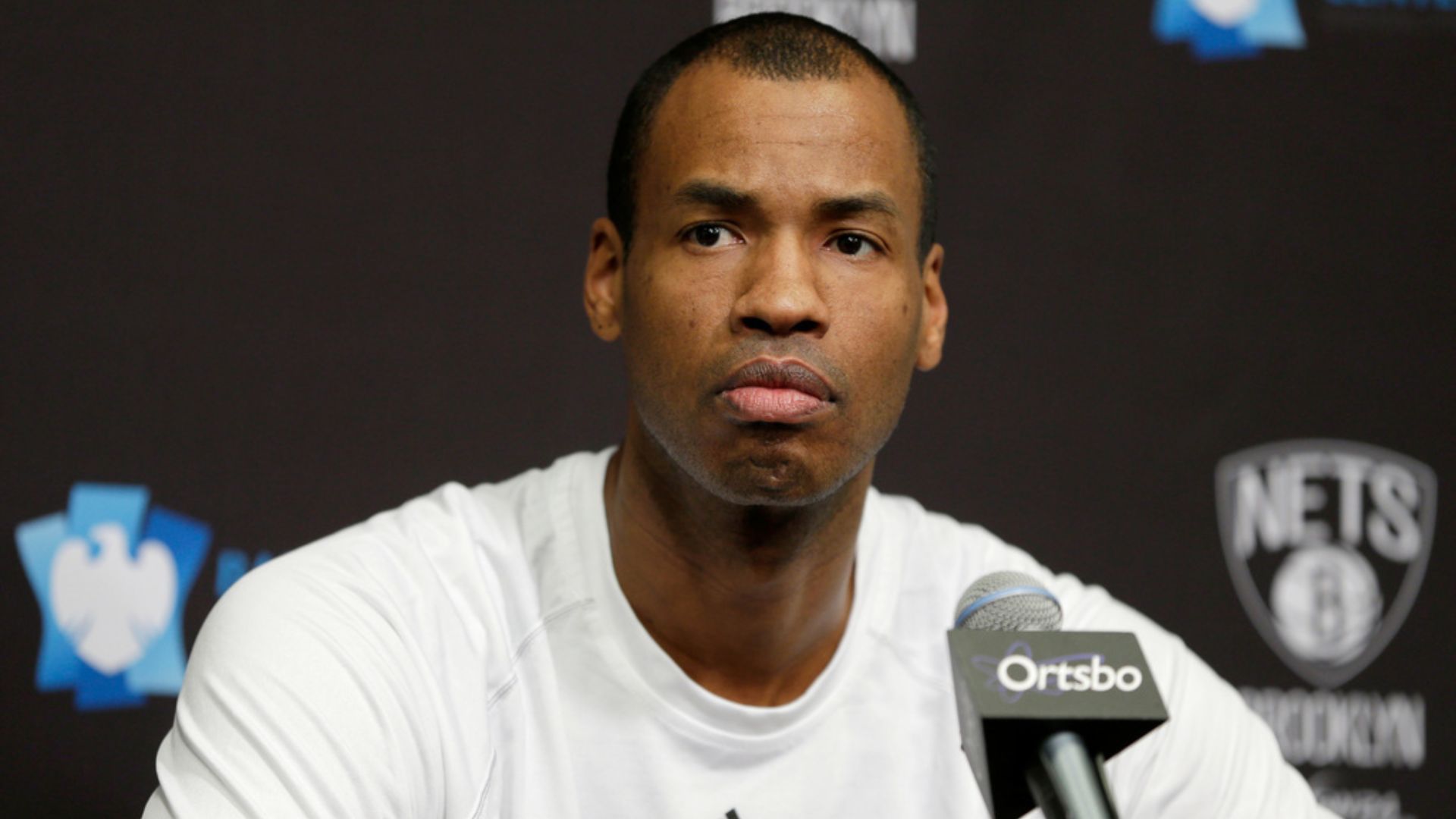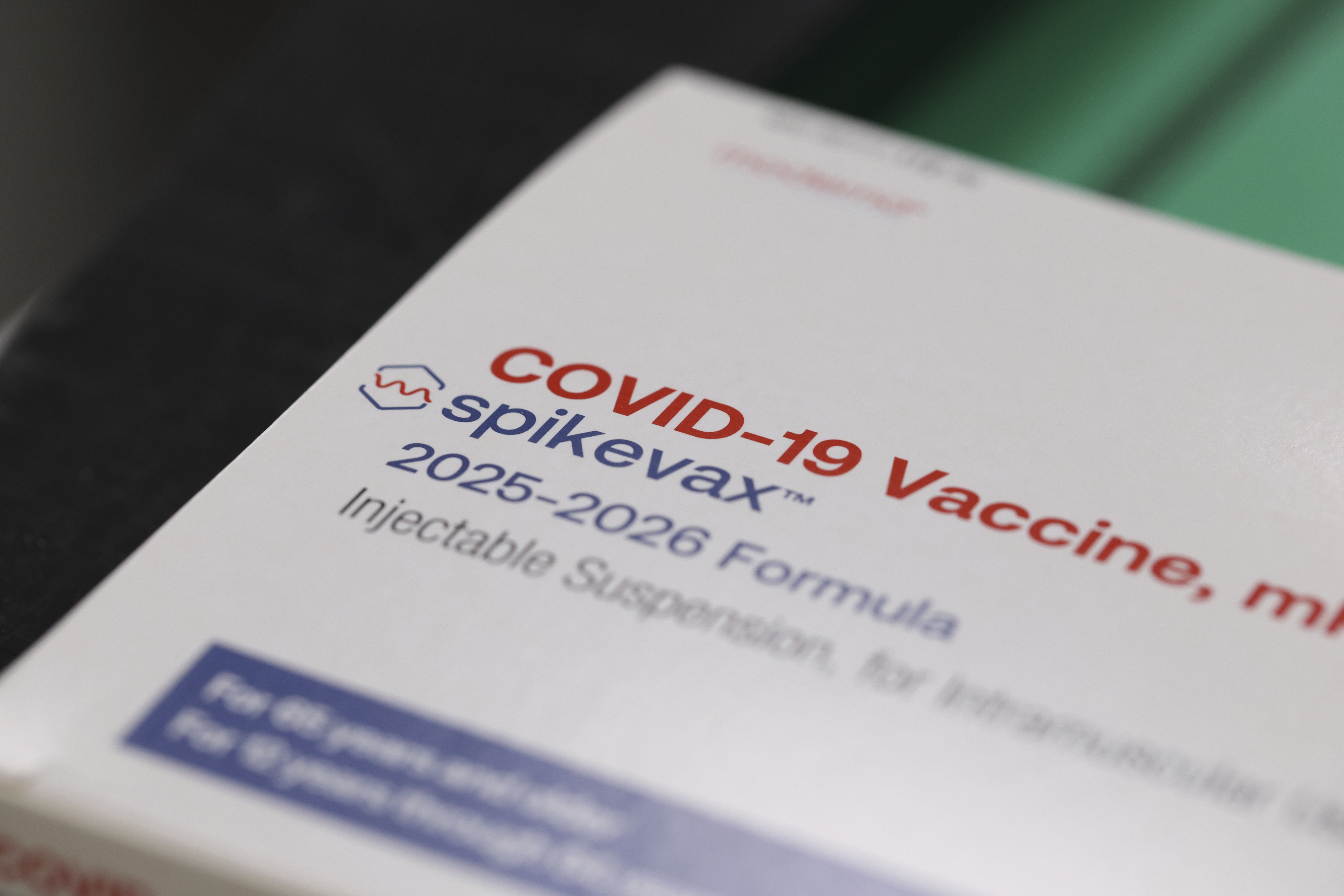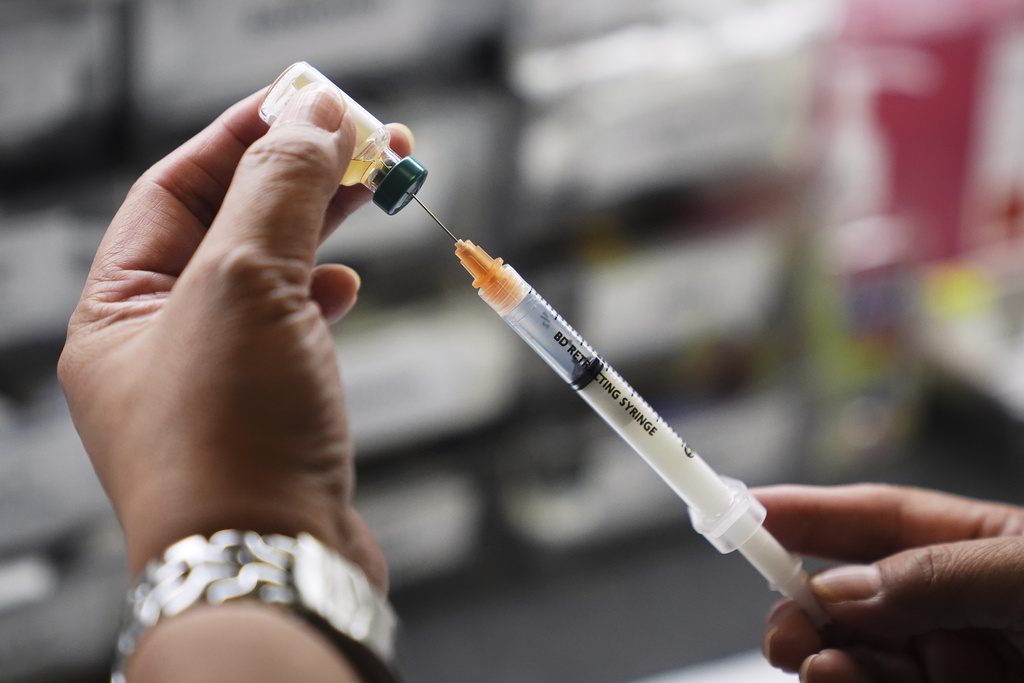Masking is probably the most talked about precaution in preventing COVID, but what about air quality?
A group of college students sacrificed hundreds of hours this school year to test air quality in classrooms for COVID safety.
But now they're expanding their work beyond their campus.
What started as a small experiment is now helping protect thousands of students going to class every day.
"We're very successful, we have no more than one or two new cases of 11,000 students per week," Professor Crispin Pierce said. "I'm very proud of the work that we're doing."
Students at the University of Wisconsin, Eau Claire started this school year testing how well the air we exhale or carbon dioxide is circulating inside their classrooms.
The better the ventilation in a room, the lower the chances that COVID-19 can float in the air and get students sick.
This school year, the students have tested more than 24 classrooms.
"This is one small element in the important work of protecting our people," Pierce said.
Their results led the university to act, supplying the air filters wherever the student researchers recommended.
"We've now installed about 35 or 40 of the air purifiers," Pierce said.
"We're all just happy to be on campus, and maybe that's the best outcome of all, right, is that we've now managed to return to campus and do classes the way that we love teaching and learning," James Boulter said.
But the team didn't stop at their own school.
"We've even now gone to our sister campus," Pierce said. "The two rooms we found that had most concern was one: a weight room, where young men and young women are working out hard and again, expelling those aerosols. The other room we have very much concern is, again, a choir room where people are standing and singing."
Protecting their fellow students was only part of their mission. They expanded to day care centers.
"We really wanted to make sure that especially a vulnerable population of younger children is being safe, and parents don't have to worry about going to work and leaving their kids somewhere that they could bring a disease home," Danielle Zahn, senior, said.
After testing the daycare center rooms for air flow, the students helped the children build 'COVID filter fans.'
"It's built with a box fan, some cardboard duct tape, and four hepa air filters," Alisyn Stevens, senior, said. "It pulls air from the back of the fan that's facing up. So the air is coming out of the top, pulls air from the back of the fan through the filters, and clean air out through the top."
"Something that's convenient, something that's not too complicated, but still ensures their health, and something that does so without breaking the bank," Zahn said.
These college students were surprised to find this work inspired more than the younger kids to learn about health.
"That's the best way you can also learn is by teaching kids," Stevens said.
"I've definitely seen a change in myself, from being more hesitant to having to leave my home in the morning, to more excited about what I can learn in my classes," Zahn said.
A sense of security now even more important as the pandemic shows no signs of slowing down.
"This isn't something that anybody knows the right answers to, so we're all learning together, and I think that is an incredible experience, however unfortunate that we have to go through it," Zahn said.










